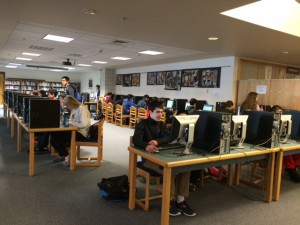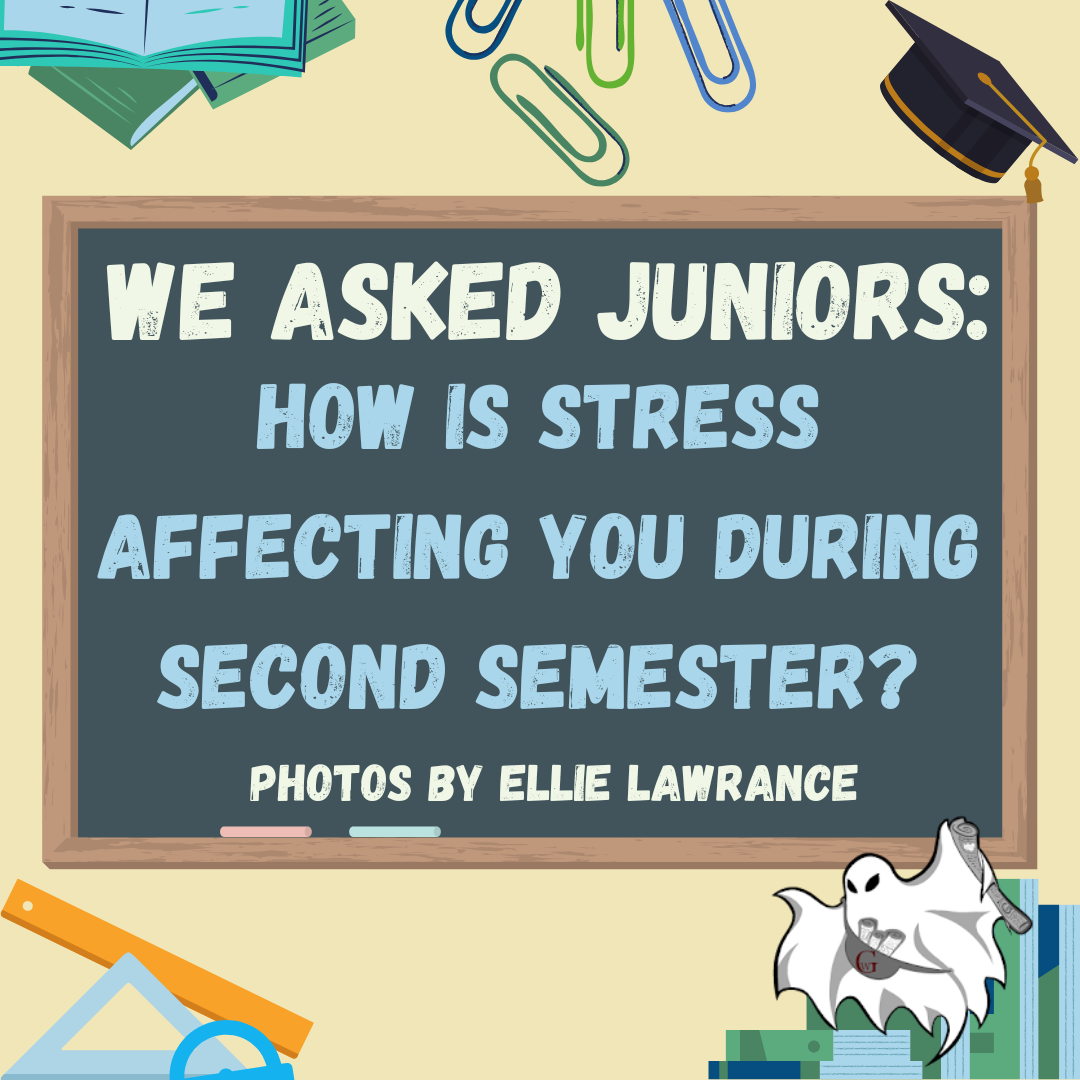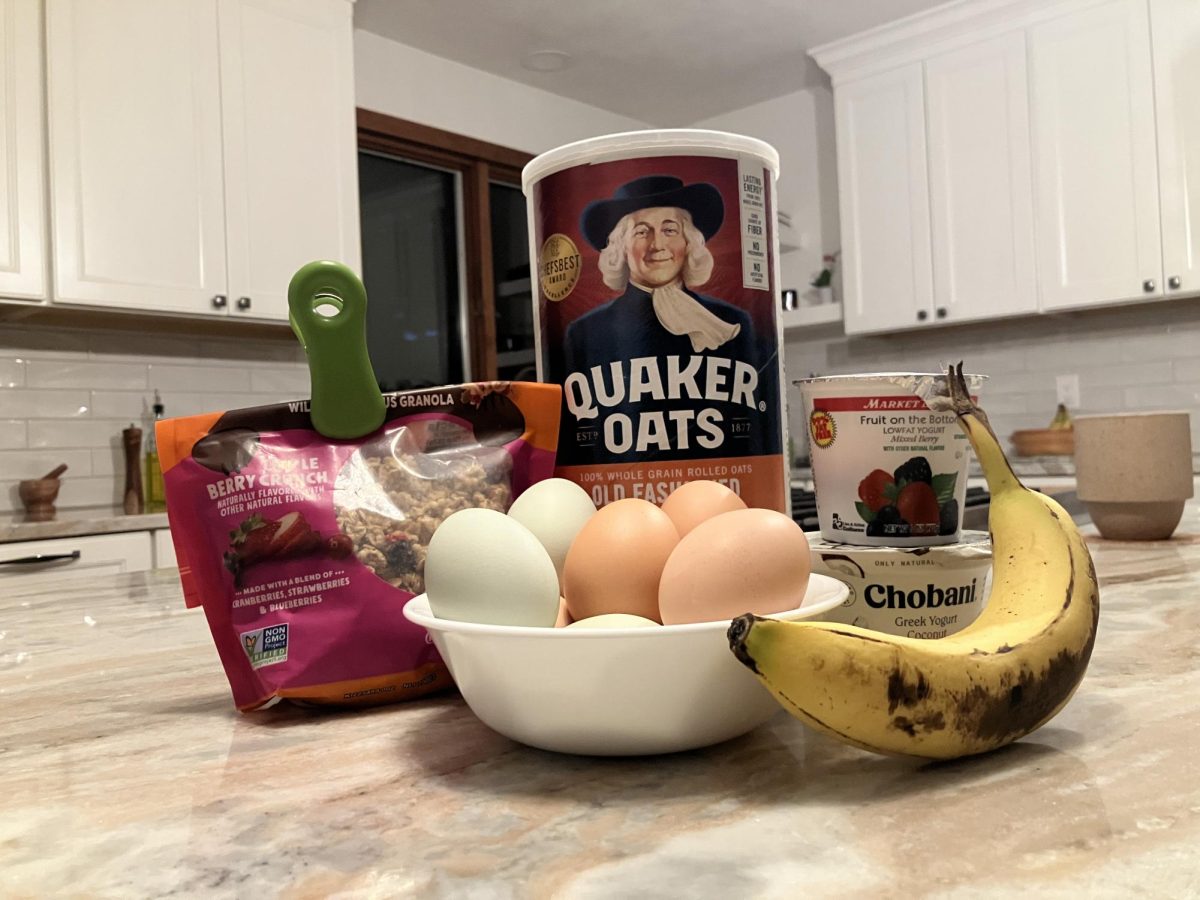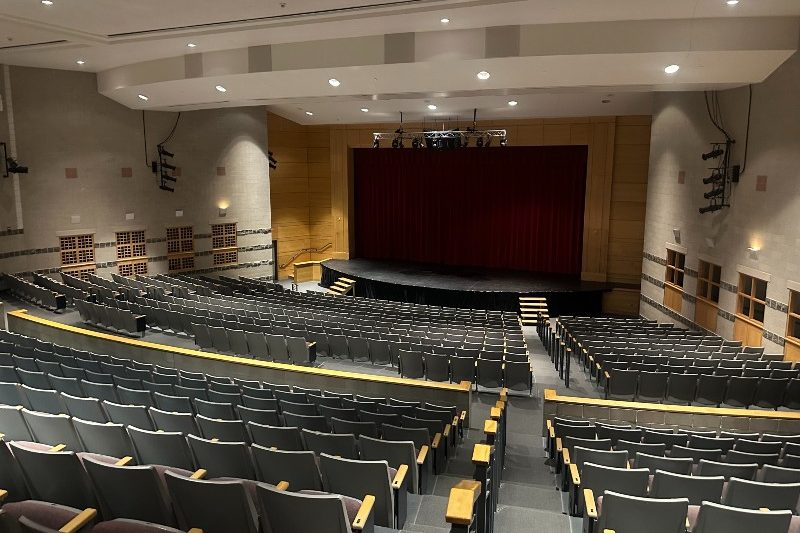
By Kai-Lou Yue
News Editor
As a student, I enjoy it when one of my teachers brings the class to one of the computer labs to work on a project or assignment, or signs out a laptop cart for use in the classroom. It’s a welcome change from a typical class of taking notes or listening to the teacher explain a concept.
However, within the next few years, through the Digital Learning Plan, technology will be incorporated in the classroom curriculum through either one-to-one, where school district picks one device for all students to lease or buy from the school to use in classes, or Bring Your Own Device (BYOD) where students will be using Internet-connected devices in the classroom, but instead of getting it from the school, students can bring any type of device from home, as long as it meets certain criteria.
The implementation of the program is unlikely to occur while I am still in high school, as it is set to be a part classrooms around 2019. Nevertheless, I do not believe it is a good plan for the future for a few reasons.
First and foremost, teachers sometimes struggle with retaining their students’ focus in class with the distraction of phones or other electronics even now with devices not typically being allowed in the classroom setting. With a constant presence of computers or other devices in the classroom at all the times, it would be extremely difficult for students to not get distracted by Facebook, Twitter, or other forms of social media.
At least currently, students on social media during classes have difficulty finding people to talk with, as most of their peers are also in classes and may not be responding to messages. By enabling the student body to use technology with social media during school day, it will increase the risk of students using social media during classes instead of doing school work.
It would be difficult to limit those forms of communication, as by blocking certain social media sites, it may also accidentally block sites that teachers need to use in their classrooms.
Additionally, the possible implementation of one-to-one would bring ire from many of the students, and parents of the student body, as the program would require everyone, even those who own a device at home, to buy or lease a device from the school. Students would have to spend a large amount of money to buy a device similar to one they may already have.
Besides issues concerning the possibility of needing to buy the device in the case of one-to-one, and retaining student focus in the classroom, there is also a problem regarding students who simply may not want to use a device of some sort in the classroom. One of the reasons the transition to one-to-one or BYOD is looked upon favorably is the thought that students will not have to carry textbooks and heavy backpacks around in-between classes, as they will be online on the device for the student to refer to. But, administrators should consider that some students may prefer to use paper textbooks instead of viewing everything online.
It is, however, a common student consensus that it is often easier to type notes on a laptop than to write them. Consequently, it may be more useful for students to be allowed to bring their own devices into class to type notes, instead of fully incorporating technology into the classroom. Doing this would enable students to use technology in a way best for themselves.
As for incorporating technology into the curriculum, maybe the Digital Learning Plan Committee should try to provide more laptop carts for teachers to use in their classrooms in ways they seem fit, in place of changing the whole curriculum around it.






